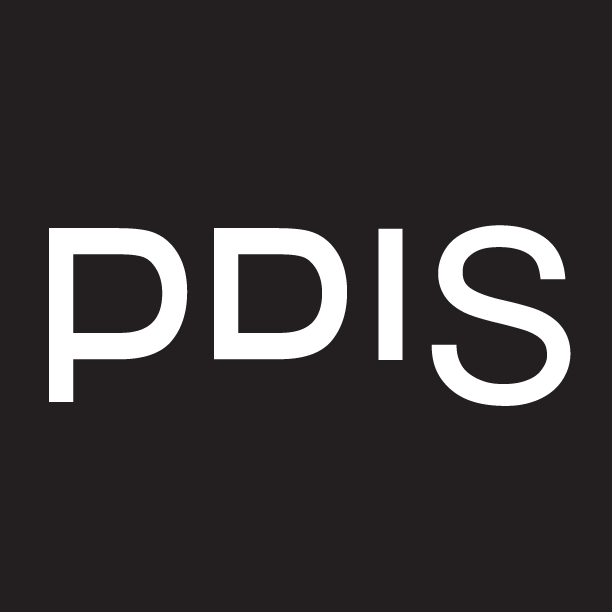Long-distance dichotomy
As the saying goes, "Meet the three-parties." The experience of being present together is certainly important, but I think that in an environment with a high enough resolution and a complete record of the process, it is also possible to achieve "distant love"
The recent epidemic has forced many organizations to adjust their work habits. The operation of our office has not been affected because I have been working remotely since joining the cabinet in 2016. At that time, I proposed “to work remotely on Wednesdays and Fridays, and to maintain the flexibility of working in other offices.” At that time, about 40% of the people supported and 30% did not support the media polls. However, the facts over the years have proved that the work efficiency of the remote office team has not only greatly improved, but also promoted new possibilities for international exchanges.
In the past few years, I often get up early in the morning to participate in activities in the Eastern Time Zone, then communicate with the Indo-Pacific region, and then participate in interviews in Europe and Africa in the evening, which is completely seamless. Our first collaborative meeting with the Palace Museum was also facilitated by teleconference. At that time, Dean Wu also said: “The Forbidden City needs such innovation!”
The experience of being together is certainly important, but I think that in an environment where the resolution is high enough and a complete record of the process is left, it is also possible to achieve “distant dichotomy”. Whether it is a public verbatim or video recording, not only allows those who did not participate to understand the ins and outs of the meeting, but also allows interested friends to track the progress of the topic at any time.
An organization that adopts a remote model for the first time may be worried about “what do you do if you are lazy at work?” However, as long as you make full use of digital tools to communicate and record together, you can still collaborate and discuss and see the specifics of each person. Contribute, and then measure the efficiency of work.
The members of our office are located in different locations. Real-time updated total notes and spreadsheets, chat rooms for communication at any time, and regular video conferences connect everyone together. Colleagues will keep simple records even for internal discussions. As long as the notes are shared, everyone can keep up and make contributions in time. Often problems that have not been resolved at night, I wake up early the next morning and see that another colleague has already finished writing. Use the Kanban system to track the progress of the project, so that colleagues can not only supervise themselves, but also allow other partners to view the results simultaneously.
Every summer vacation, my office staff will increase twice, recruit a group of young students who are passionate about transforming the government’s digital services, and work in groups to cooperate with colleagues in the agency. We do not need to expand the space for the temporary increase of manpower, and the team members are not affected by region and time. A student who participated in the internship program said: “This way, time and space are very flexible, and you can experience brain wave control at any distance! (laughs)”
To promote digital collaboration in public institutions, mutual trust is the most important thing. basis. I believe that everyone can complete their own work in different places, and transparently share information, so that capable partners can fill up positions anytime, anywhere. The work of the “digital political commissar” is actually done by the “digital” and “tens of” colleagues. With professionalism and enthusiasm, the government’s digital services have become better.
 (This work is licensed under a Creative Commons Attribution 4.0 International License.)
(This work is licensed under a Creative Commons Attribution 4.0 International License.)
 Hao-Ting Chang
Hao-Ting Chang